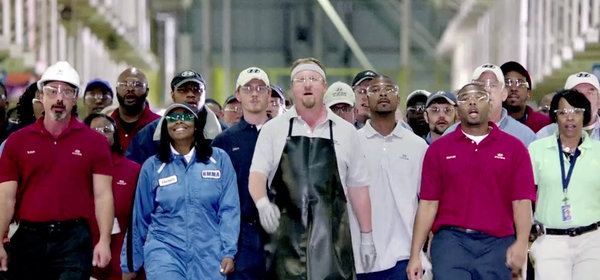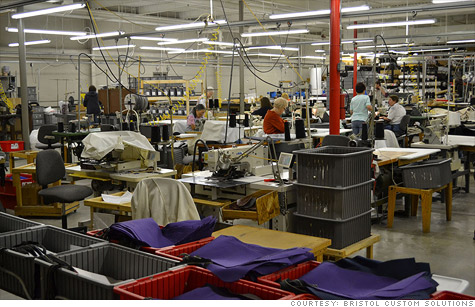
By Helmuth Ludwig Reuters
In his State of the Union address Tuesday, President Barack Obama talked about the importance of upgrading America’s aging infrastructure. He told the story of how our company, Siemens, recently created hundreds of manufacturing jobs in North Carolina. He quoted our U.S. CEO as saying that if America upgrades its infrastructure, we’ll bring even more jobs.
But there’s another important reason we chose North Carolina, along with more than 100 other manufacturing sites in this country. By manufacturing in the U.S., we get proximity to our largest market; highly skilled workers and crucial software engineers in the Research Triangle, educated at some of the world’s best universities; ready access to ports for export, and cutting-edge innovation that we can link directly to our manufacturing sites. All in a business-friendly atmosphere.
America is poised to lead the next manufacturing renaissance. Sophisticated software is the critical component — and that’s what America produces better than anyone. But smart public policy is also needed. So is a sharp focus on what will make U.S. factories more productive, efficient and sustainable.
When industry insiders talk about America’s improving manufacturing outlook, they usually cite four components of production that have shaped global manufacturing for the past decade. But these elements are now being radically rethought ‑ in a way that plays to U.S. strengths.
First, the idea that the world is “flat” has been supplanted by the idea that speed matters. Innovation speed is now understood to be a competitive advantage. So keeping design and manufacturing half a world apart – manufacturing in China, for example, when your design team is in California – makes less and less sense.
Second, the assumption that lower wages always correlate with lower total cost has proved to be false. Manufacturers increasingly recognize that months-long transportation chains can contribute to substantial direct and indirect costs.
Third, the belief that U.S. energy costs would be a long-term disadvantage has been deflated by unconventional fossil fuel reserves. The “shale gale” is driving U.S. natural gas prices to less than a quarter of those in much of Europe and Asia.
Fourth, the faith that outsourced “low-value” manufacturing jobs would be replaced by higher-value service jobs has been adjusted to the reality that manufacturing underpins the economy. It is crucial to create and sustain steady high-wage employment.
But the major reason why U.S. manufacturing is so well positioned for a renaissance is software that can bring the real and virtual worlds together in a way that erases all boundaries between the two. It connects everyone involved in product design and execution to the same network, sharing the same sets of data, to improve collaboration and decision-making.
Continue reading Why Siemens is expanding U.S. manufacturing











You must be logged in to post a comment.